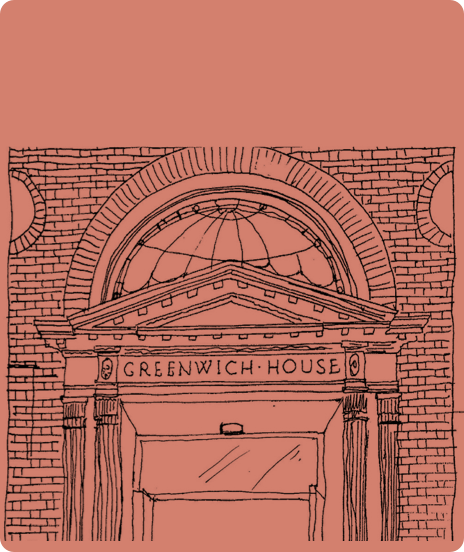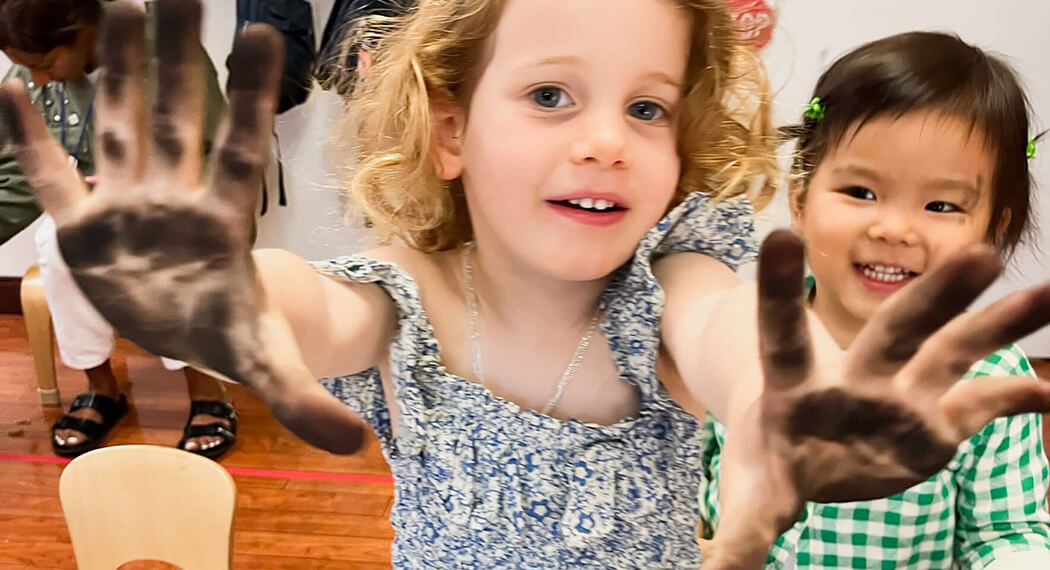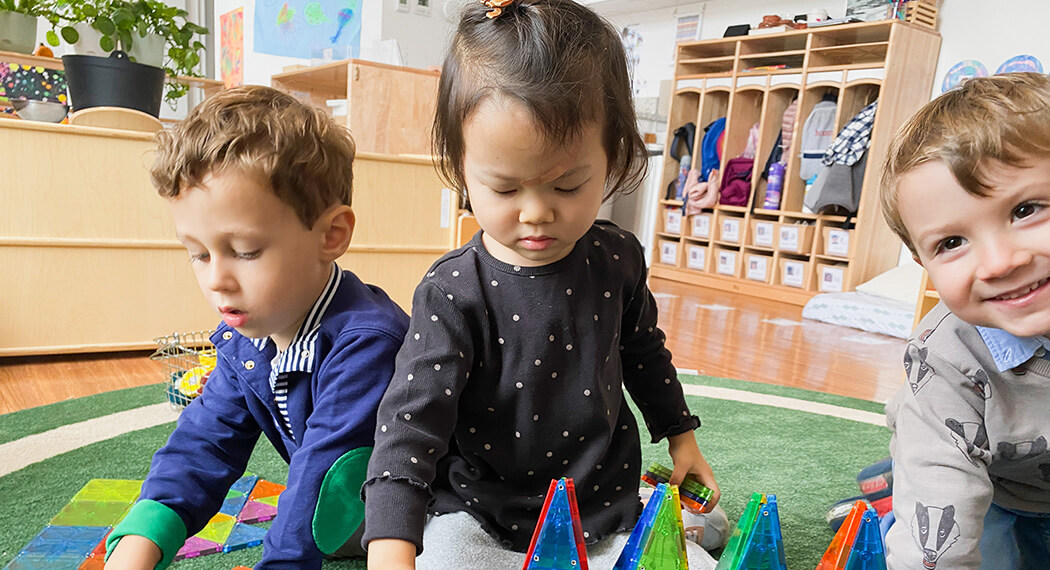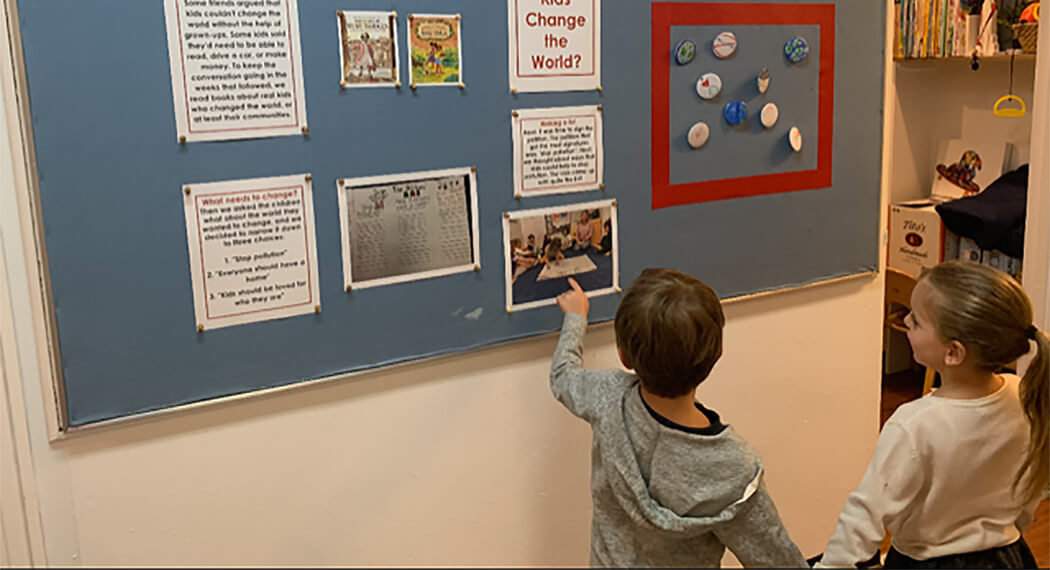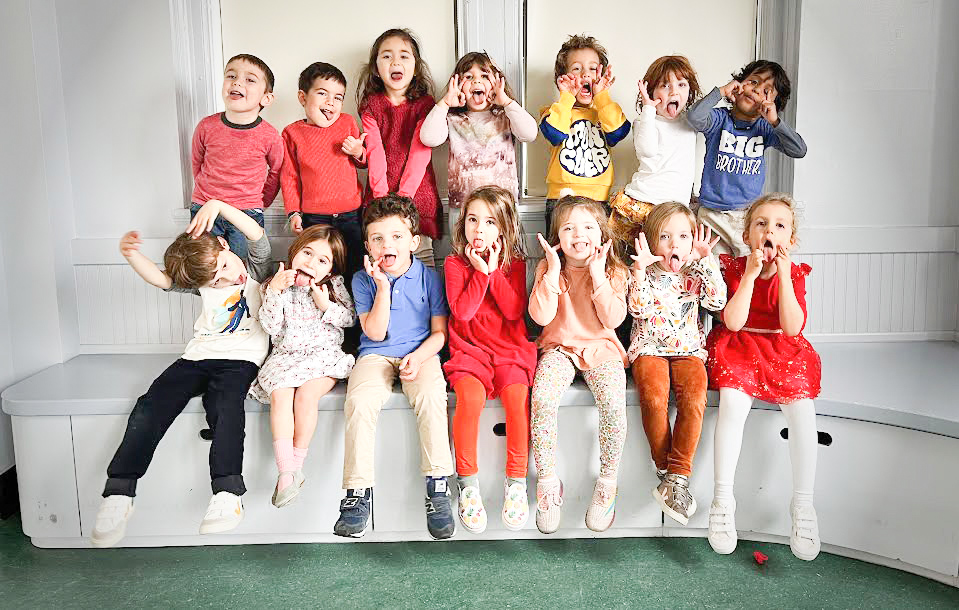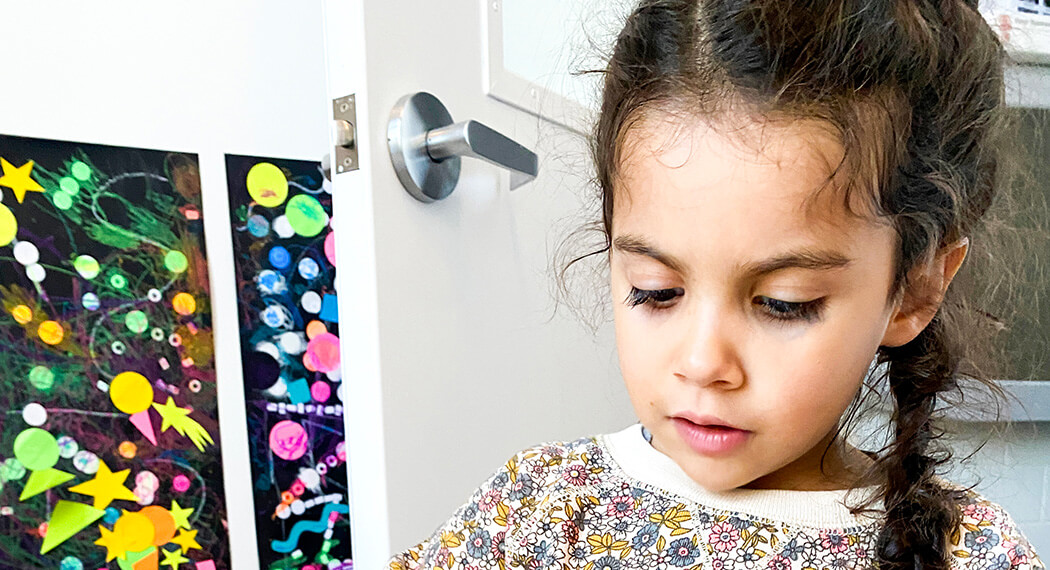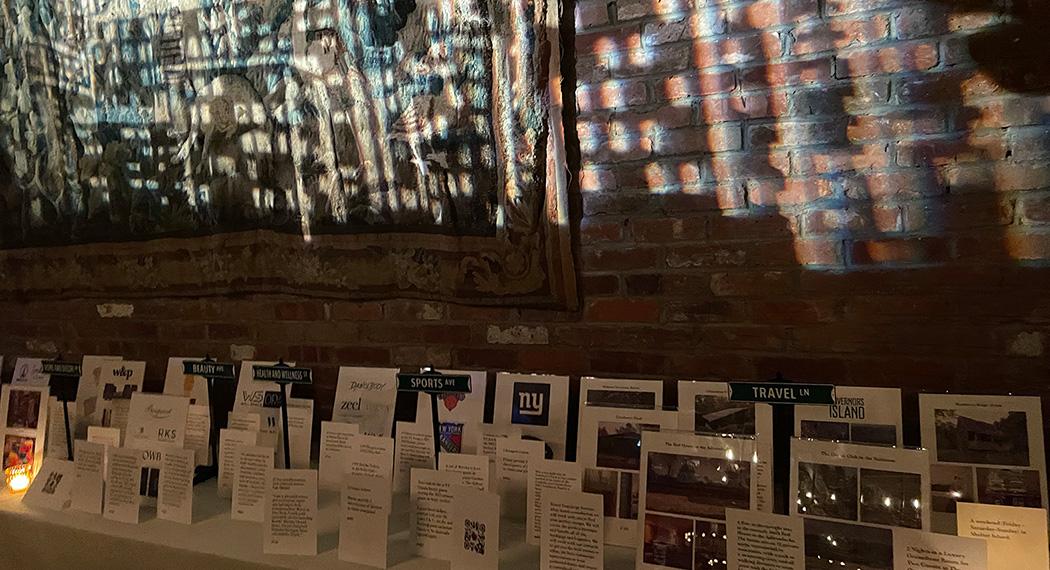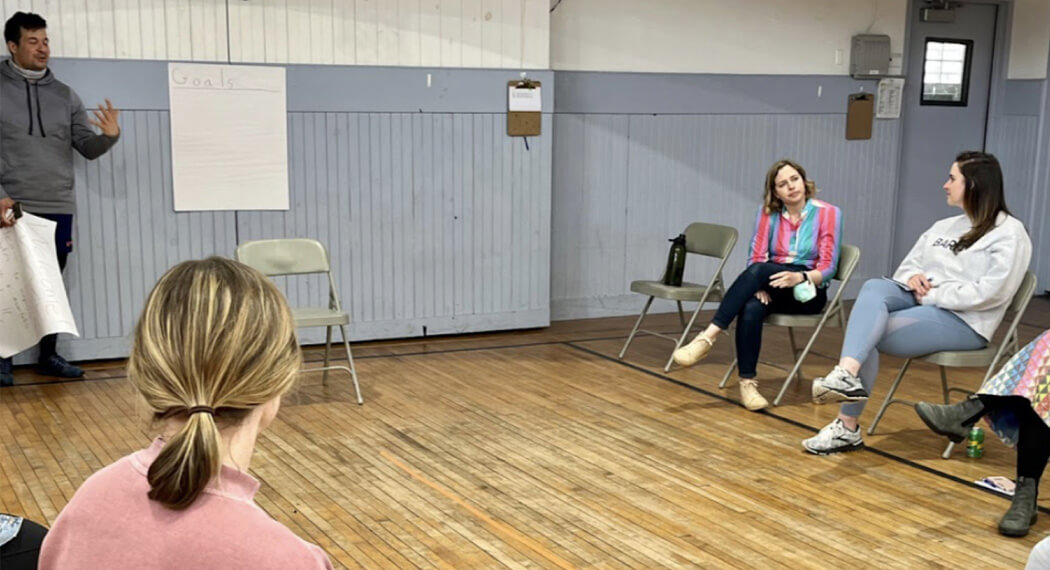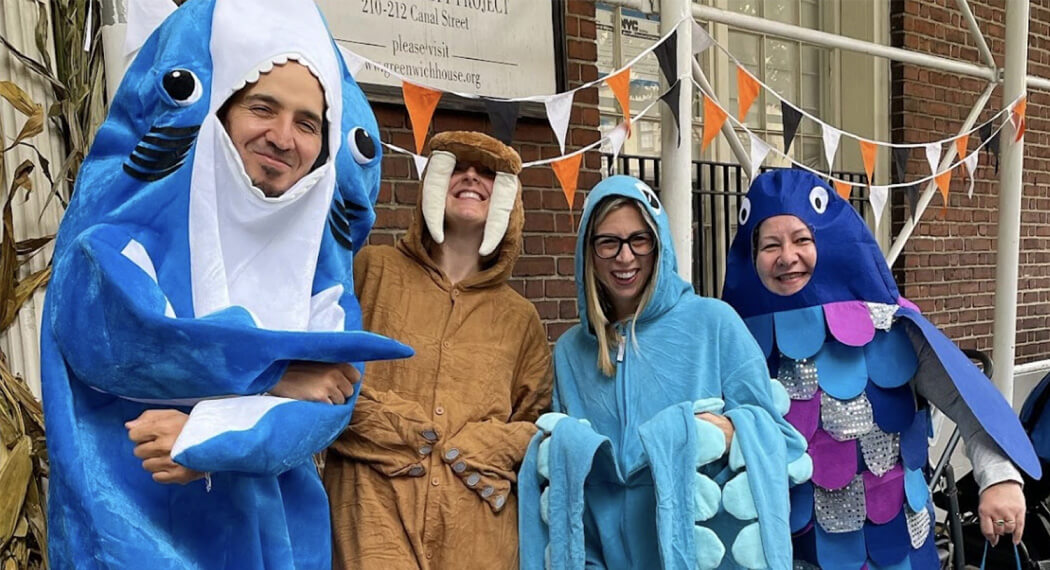“There are colors we cannot see, but they are connected to the ones we can. There’s a connection between everything.”
————- Wayne Shorter, Jazz Saxophonist and Composer (1933-2023)
The Orange Room students have begun working through the primary, secondary, and tertiary colors in a color-mixing exploration in science.
Primary colors:RED, YELLOW, BLUE
Secondary colors: ORANGE, GREEN, VIOLET
Tertiary colors: RED-ORANGE, RED VIOLET, BLUE-GREEN, BLUE-VIOLET, YELLOW-ORANGE, YELLOW-GREEN
They started by using primary color playdough and seeing what happened when they mixed the different colors of playdough. Then, they explored how primary colors can be mixed using color trays, pipettes, and color tabs in water. The exploration continued with watercolor paints and, finally, this week, with finger paints. Each different paint or color medium has variations in its texture, transparency, and viscosity. This affects how light reflects or refracts off the paint and color and water mixtures and changes how the students see the color mixing occur. By using the different paint and color mediums, the orange room students are building connections between color mixing, how light affects how we see color and color variations based on medium.
The science of color mixing: Two different things happen when paint color is mixed: one is called subtractive color mixing, and one is called additive color mixing. The light that we see is made up of different wavelengths. The color of the light you are seeing depends on its wavelength. Subtractive color mixing can be considered wavelengths of light, or different colors, being ‘subtracted’ from reaching your eyes. As the children mix paints, more and more wavelengths of light are absorbed and not reflected back to their eyes, so the paint looks darker. However, with water in the mix, there is more light absorption. Additive color mixing can be considered wavelengths of light being ‘added’ to reach your eyes. When wavelengths of light are added together, we see brighter colors.

